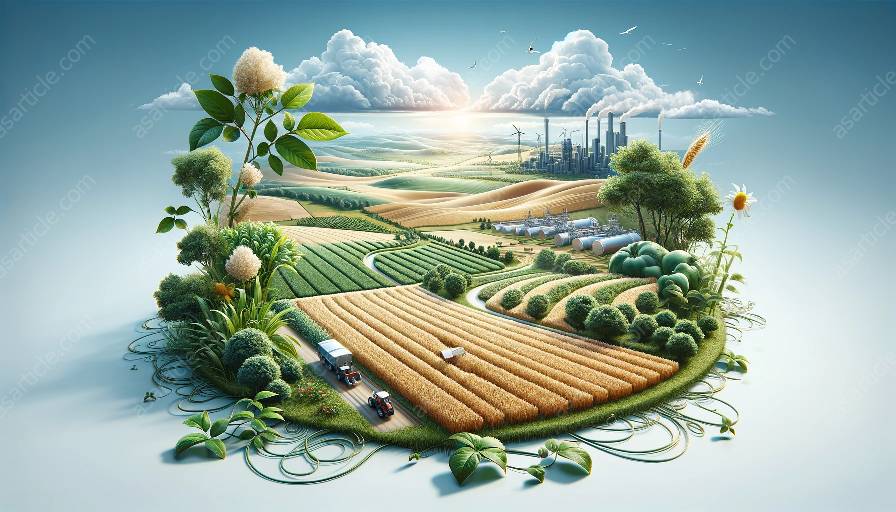Conservation tillage is a sustainable agricultural practice that involves minimal soil disturbance and cover crop management, aimed at improving soil health, minimizing erosion, and enhancing crop productivity. In this topic cluster, we explore the principles, benefits, and methods of conservation tillage practices in the context of soil conservation and land management in agricultural sciences.
The Importance of Soil Conservation
Soil conservation is vital for preserving the productive capacity of agricultural land, protecting natural resources, and sustaining ecological balance. Soil erosion, degradation, and loss of organic matter can significantly impact crop yield, water quality, and overall ecosystem health. As such, adopting conservation tillage practices plays a crucial role in promoting sustainable land management and agricultural sustainability.
Conservation Tillage Principles
Conservation tillage encompasses various practices, including no-till, reduced tillage, and strip-till, all of which aim to minimize soil disturbance and maintain surface residue cover. By retaining crop residue and reducing soil disturbance, conservation tillage practices help improve soil structure, reduce erosion, and enhance water infiltration and nutrient cycling.
Benefits of Conservation Tillage
Conservation tillage offers numerous benefits, such as:
- Soil Health: By minimizing soil disturbance and promoting organic matter retention, conservation tillage enhances soil structure and microbial activity, contributing to improved soil health and fertility.
- Erosion Control: The preservation of surface residue in conservation tillage practices effectively reduces soil erosion by wind and water, thus safeguarding the integrity of the topsoil.
- Water Conservation: Enhanced soil structure and residue cover help mitigate water runoff and increase water retention in the soil, contributing to efficient water use and reduced irrigation requirements.
- Crop Productivity: Conservation tillage practices can lead to higher crop yields, as they create a favorable environment for root development, nutrient uptake, and moisture retention.
Methods of Conservation Tillage
Various methods are employed in conservation tillage practices, including:
- No-Till Farming: Involves planting crops into untilled soil with minimal disturbance, preserving soil structure and organic matter.
- Reduced Tillage: Reduces the frequency and intensity of tillage operations while maintaining sufficient residue cover to protect the soil surface.
- Strip-Till: Focuses on targeted tillage in specific areas for seedbed preparation, while leaving residue intact in between rows, offering a balance between minimal soil disturbance and crop establishment.
Integration with Crop Rotation and Cover Crops
Conservation tillage practices are often integrated with crop rotation and cover cropping strategies to further enhance soil conservation and land management. Crop diversity and cover crops help improve soil structure, suppress weeds, and increase organic matter, contributing to a more resilient and sustainable agricultural system.
Conclusion
Conservation tillage practices play a central role in promoting soil conservation, land management, and agricultural sustainability. By implementing these practices, farmers and land managers can effectively protect soil health, reduce erosion, and improve crop productivity while contributing to the overall environmental and ecological well-being of agricultural landscapes.

